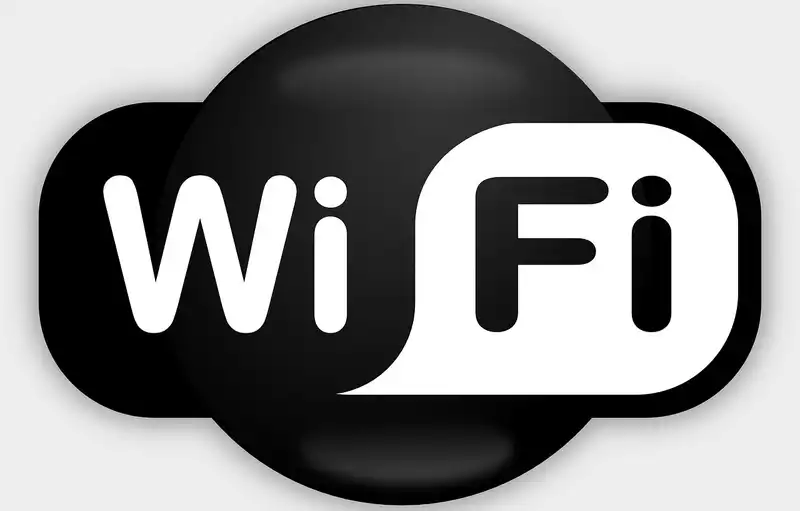The Wi-Fi 6 standard is finally just entering the early stages of adoption, but there is already reason to look forward to the next Wi-Fi 6E. To pave the way for the next generation standard, the Federal Communications Commission has approved a large portion of the spectrum available for license-free use, effectively increasing the spectrum for Wi-Fi devices by a factor of five.
Why this is important will be explained later. First, let's talk about Wi-Fi 6, also known as 802.11ax, which is a major upgrade in and of itself because it is better suited to handle traffic from multiple connected devices than Wi-Fi 5 (802.11ac). This magic happens through a technology called Orthogonal Frequency Division Multiple Access (OFDMA).
As Netgear explains, OFDMA basically splits the transmitted signal (channel) into smaller sub-channels and sends them directly to different devices. This is a much more efficient way to handle network traffic and can reduce latency to boot. The caveat is that both a Wi-Fi 6 router and a device with a Wi-Fi 6 adapter are required to take full advantage of this standard.
Some of the latest smartphones, such as Samsung's Galaxy S20 series, support Wi-Fi 6, and laptops with Wi-Fi 6 adapters installed can also be found. By and large, however, adoption has been sparse. Fortunately, Wi-Fi 6 routers are backward compatible with "older" devices, so they can be upgraded without breaking the network.
So what's the big deal about the new Wi-Fi 6E?Adding an "E" may seem like a small thing, but it makes all the difference in the world. That's because it adds a new 6 GHz band; both Wi-Fi 6 and Wi-Fi 5 operate in the 2.4 GHz and 5 GHz frequency bands, which tend to be crowded. Many devices use the 2.4 GHz band, including wireless mice, radio controls, and baby monitors. This can cause slowdowns and interference, especially in places like offices and apartment complexes.
The newly accessible frequency band will reduce wireless signal congestion and make connections faster and more stable. [6 GHz addresses the Wi-Fi spectrum shortage by providing contiguous blocks of frequencies to accommodate 14 additional 80 MHz channels and seven additional 160 MHz channels. the Wi-Fi Alliance announced in January that "Wi-Fi 6E devices will take advantage of the wider channels and additional capacity to to deliver higher network performance and support more Wi-Fi users at once, even in very dense and congested environments."
In a more recent statement, the Wi-Fi Alliance added that it "enthusiastically supports" the FCC's latest action, and that by "opening the floodgates" to Wi-Fi connectivity, it "ensures that users can stay connected to colleagues, family, healthcare, business, education, and other important services ."
As The Verge points out, the FCC has not made so much more spectrum available without a license since 1989. In that sense, this is an important development. However, as with Wi-Fi 6, implementation is key. The largest players, Intel, Broadcom, and Qualcomm, are developing Wi-Fi 6E hardware and could ship by the end of the year.
Still, I see widespread adoption taking at least a couple of years. Even if you buy a new laptop with a Wi-Fi 6 adapter, buying a Wi-Fi 6E router will not give you access to the 6 GHz band. Until then, we can all wistfully imagine the day when all devices will be able to use Wi-Fi 6E.


Comments